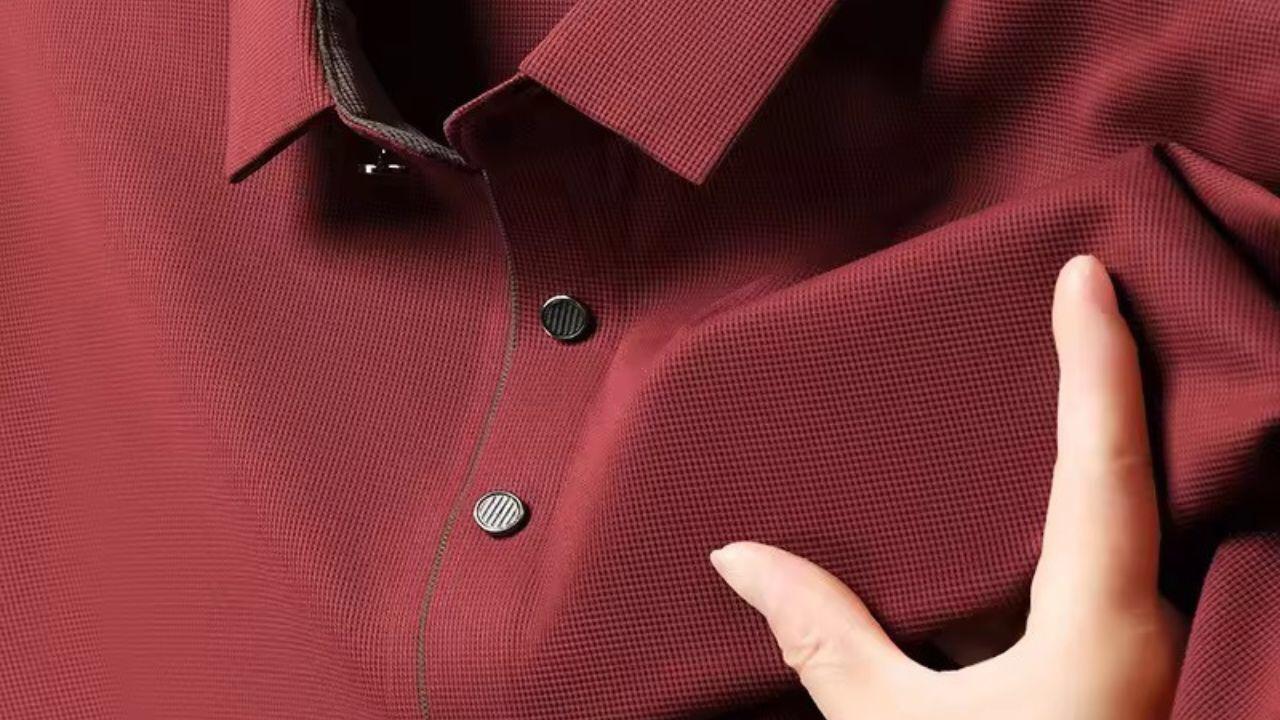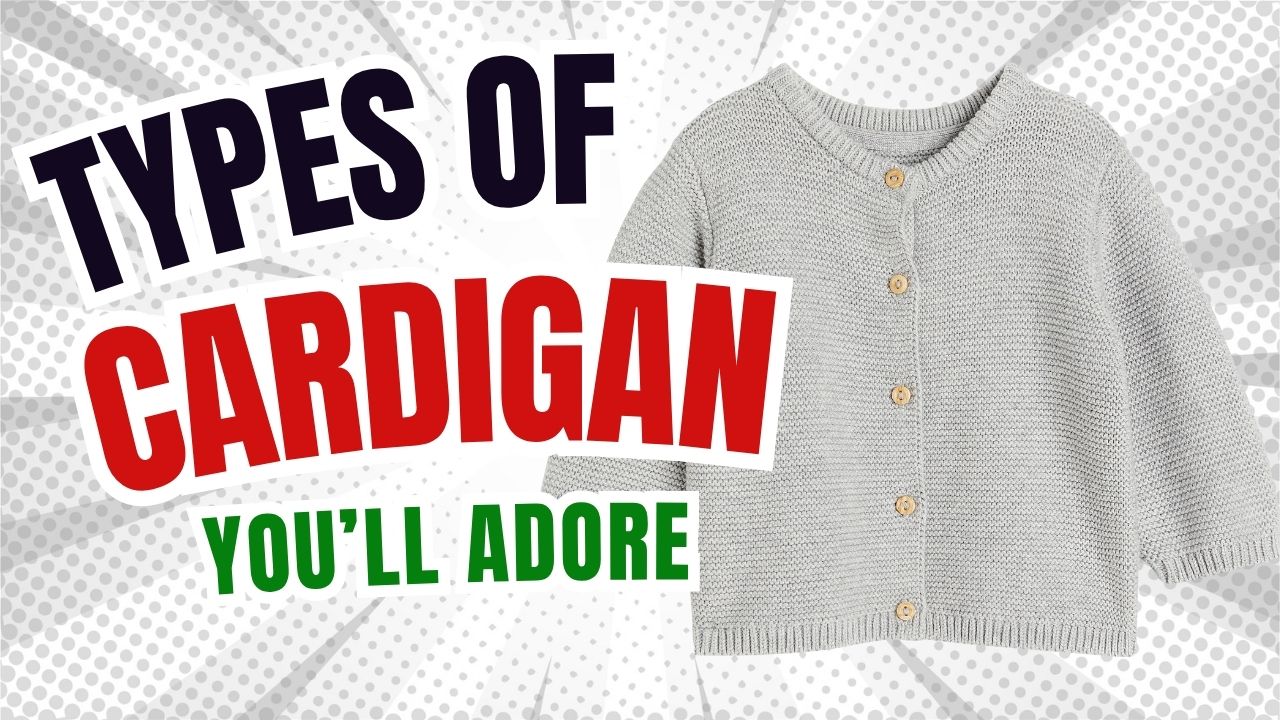When you choose the ideal tracksuit fabric, it’s important to take into account several factors like comfort, style, and how you plan to use the tracksuit—whether for lounging, running errands, or running. The garment market is always evolving, and clothing businesses and manufacturers are creating new tracksuit fabric types to meet different demands and tastes. From nylon and polyester to cotton, wool, and even bamboo, there’s a wide variety for custom tracksuit manufacturers and clothing brands to work with when producing customized warmups or custom suits.
For those looking to start a fitness clothing line, understanding the best fabric for T-Shirts often helps guide choices for tracksuits, too. Fabrics like polypropylene and spandex offer stretch and durability, while cotton and bamboo provide softness and breathability. Whether you’re building your brand as a start-up or part of an established company, knowing the lightest fabrics and their properties can give you an edge in the fashion trends shaping the future of casual clothing and sportswear.
Tracksuit Fabrics: Choosing the Ideal Material
When selecting the ideal fabric for tracksuits, focus on comfort, breathability, durability, and moisture-wicking properties. Popular options include polyester for its lightweight and quick-drying features, cotton blends for softness and comfort, and nylon or spandex for added stretch and flexibility. The best choice depends on your intended use—opt for moisture-wicking synthetics for workouts and cotton blends for casual wear.
Express Stitch Industries is a custom tracksuits manufacturing company that offers cut-to-pack services, making it easy to bring your ideal tracksuit design to life with the right fabric and fit.
What Is Tracksuit Fabric?
Tracksuit fabrics are specially designed materials made to support physical activity by helping to keep muscles warm during exercising and protecting the body against different weather conditions. A typical tracksuit includes two pieces: loose-fitting pants or relaxed-fitting pants and a jacket that usually has zips or pulls over for easy wear. These fabrics are made to be comfortable and often moisture-wicking to manage perspiration during a workout.
Tracksuit fabrics come in a wide variety to fit different tracksuit styles and suit many situations and climates. Some are waterproof, while others use warming fleece to help improve performance whether you’re working out or enjoying the great outdoors. From premium tracksuit fabric used in professional tracksuit manufacturing to options for everyday wear, these materials have gained fame for balancing comfort, durability, and function.
History of Tracksuit
The tracksuit invention dates back to the 1930s, with brands like Adidas playing a key role in making it a popular article of clothing. During the 1960s and 1970s, tracksuits gained a boost in style trends and became a staple in sportswear and the gym, often made from cotton, polyester, terry cloth, or combination materials. The popularity grew even more in the late 1970s with the rise of velour and other durable fabrics. By the early 1980s, nylon shellsuits were in fashion, and in the late 1980s, tracksuits became a major fashion pattern, embraced by both men’s and women’s tracksuits markets.
Tracksuits entered mainstream fashion by the late 1990s, influenced by 1970s textiles and brands like Juicy Couture in the 2000s. The rise of athleisure in the 2010s brought tracksuits into everyday life, boosted by UK grime music, lifestyle, and mainstream media linked to gang culture and artists like Stormzy. High-profile athletes and Olympic teams helped elevate tracksuits as fashion statements. For example, in 2006, Ralph Lauren designed the American team uniforms for the 2010 Winter Olympics opening ceremony, and Stella McCartney, as Creative Director, created outfits for the 2012 GB Olympic Games. Today, brands like Adidas continue to collaborate with top fashion designers for Olympic Games and Paralympic Games uniforms, keeping the tracksuit relevant in both sport and fashion.
What Fabric Are Tracksuits Made From?
Since the 1960s, with the space age influencing fabric innovation, the creation of the tracksuit has focused on materials suited for sports and exercise. Early tracksuits often used synthetic nylon textiles, which offered durability and ease of care. Today, there are many fabric types and variations in tracksuit materials, differing in weight, handling, and surface texture. Different weaving techniques create unique textures, structures, and transparency levels. While many tracksuits rely on synthetic fabrics made through chemical procedures, some also include natural fabric sourcing with natural yarns for comfort.
Most tracksuits use knitted fabrics that provide elasticity and allow wearers to move freely during working out. Popular knitted materials like velour, scuba, and jersey offer a liberal give for comfort. The tracksuit construction often includes furrowed surfaces, piles, or loose material that act as thermal insulators by trapping heated air in the piled fabric, keeping the wearer warm during activity.
Factors to Consider When Choosing Tracksuit Fabric
When choosing tracksuit fabric, several important factors to consider include comfort during strenuous activity, ensuring the material is gentle on soft skin and avoids irritation. Good breathability helps regulate body temperature and prevents excessive sweating by wicking away moisture, keeping you dry and comfortable. The fabric’s sturdiness is crucial for frequent washings and wearings, maintaining color retention and form retention over time. A well-fitting tracksuit should offer the right flexibility with a fit that’s neither too tight nor too loose, allowing a full range of motion. Finally, consider the climate, weather, and location where you’ll be wearing tracksuit to choose fabric suited to your needs.
What Fabric is Used for Tracksuits?
The material used for tracksuits greatly impacts their function and feel, with various types offering special qualities like breathability, stretch, and durability. Choosing high-quality fabrics means considering the unique kinds of materials that suit different activities and preferences, paying close detail to how each fabric performs during wear.
Nylon
Nylon is a synthetic material that is both strong and lightweight, making it perfect for outdoor sports. This nylon fabric dries rapidly, repels water, and is abrasion-resistant, offering great durability. Its elastic nature allows for flexibility during bending and stretching, giving a full range of motion for active wear. I’ve found nylon to be very reliable for intense activities where comfort and strength matter most.
Polyester
Polyester is a very common material known for being lightweight and moisture-wicking, which helps keep you dry during physical activity. This fabric dries fast, resists shrinking and wrinkles, and is easy to maintain. Its smooth or brushed textures add to comfort and durability.
Spandex
Spandex is a stretchy and comfortable material often mixed with cotton, polyester, or nylon to boost performance. It offers excellent flexibility and is great for intense exercises and sports because it’s breathable and dries fast, allowing you to move freely.
Cotton
Cotton is loved for its inherent softness and excellent breathability, making it a great fabric choice for exercise and strenuous physical activity. It absorbs moisture well, is long-lasting, low-maintenance, and comes in different weights and thickness to fit your needs.
Fleece
Fleece is a popular option for chilly weather or sitting around, made from synthetic materials that provide great warmth and insulation. Its lightweight, supple feel and resistance to piling make it very pleasant on skin.
Tencel
Tencel is a fiber derived from wood pulp and hardwood fibers, offering a smooth texture that helps wick away perspiration. This environmentally beneficial, biodegradable fabric stays wrinkle-free and keeps you cool during workouts.
Wool
Wool is an excellent material for colder climates, as woolen fabrics keep you warm by retaining heat. Its natural fibers breathe well and resist odor, making it great for sportswear.
Polypropylene
Polypropylene is a plastic fabric known for its strong water resistance. Often used as an interior or foundation layer in clothes, it keeps you dry by managing perspiration and works well as an outer layer, making it very versatile.
Gore-Tex
Gore-Tex is a composite material found in running shoes, apparel, and jackets. With its special fabric coating, it’s both waterproof and breathable, ideal for high-intensity activities by helping perspiration drain while blocking water and wind, often used in windcheaters.
Synthetic
Synthetic materials, made from rubber and plastic, were invented to help relieve athletes by keeping them cool and breathable during workouts. These fabrics rapidly absorb perspiration and are used in sportswear, including knee and elbow bands for better support.
Bamboo Fiber
Bamboo Fiber is an environmentally friendly fabric created naturally. It wicks away moisture, is incredibly light and odorless, making it perfect for sportswear and outdoor sports. Plus, it offers natural UV protection.
Microfiber
Microfiber is a man-made substance made from minuscule thread fibers that are about 100 times finer than human hair. Often made of polyester, it comes in many forms and is used in costly, name-brand sportswear for its softness and durability.
How do You Choose the Right Fabric for Your Needs?
Selecting the appropriate material for a tracksuit means balancing optimal comfort and functionality. Cotton is a popular material known for its softness and ability to absorb sweat, but it can feel heavy during vigorous exercise. For better performance, many choose polyester for its moisture-wicking, lightweight, strong, and quick-drying qualities. Nylon is also durable, while a spandex-blend adds elasticity and flexibility for a close fit. Ultimately, your choice depends on the activity, weather, and your unique demands and tastes when picking clothes.
What is the Most Comfortable Material for Tracksuits?
The most comfortable material for tracksuits is often an amalgamation of nylon and polyester blends with a bit of spandex. This mix makes the fabric breathable, light, and soft, offering a great balance between comfort and durability. Whether you’re working out in basketball, football, or doing regular activities, this fabric adapts well to body movement and keeps you feeling comfortable all day.
conclusion
In conclusion, tracksuit fabrics have come a long way, offering a wide variety of choices to match comfort, function, and fashion. From classic cotton to performance-driven blends like polyester, nylon, and spandex, each fabric serves a unique purpose depending on activity, climate, and personal taste. Whether you’re lounging, exercising, or building a clothing brand, selecting the right tracksuit material means balancing breathability, durability, and flexibility—ensuring your outfit not only looks good but performs well too.







Leave a Comment
Your email address will not be published. Required fields are marked *